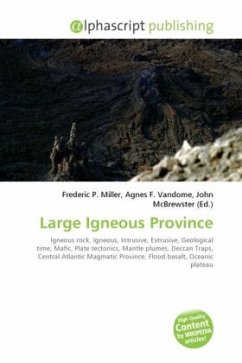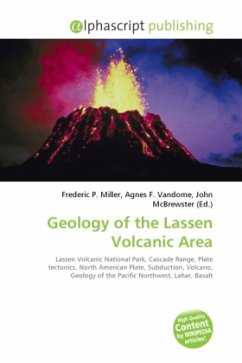Large Igneous provinces are extremely large accumulations of igneous rocks either intrusive, extrusive, or both which are found in the earth's crust. The term 'large igneous province' was originally proposed by Coffin and Eldholm to refer to a variety of mafic igneous provinces extending over areas greater than 100,000 square kilometers, erupted over extremely short geological time intervals of a few million years or less, that originated by processes not associated with 'normal' plate tectonics and seafloor spreading. The definition of 'LIP' has been expanded and refined, and is still a work in progress. 'LIP' is now frequently used to also describe voluminous areas of, not just mafic, but all types of igneous rocks. Sub-categorization of LIP's into Large Volcanic Provinces and Large Plutonic Provinces, and including rocks produced by 'normal' plate tectonic processes, has been proposed. Mantle plumes, a recently apprehended and still poorly-understood and controversial geological process, are thought to be the source of many or all of the LIP's that are not associated with 'normal plate tectonics.'








